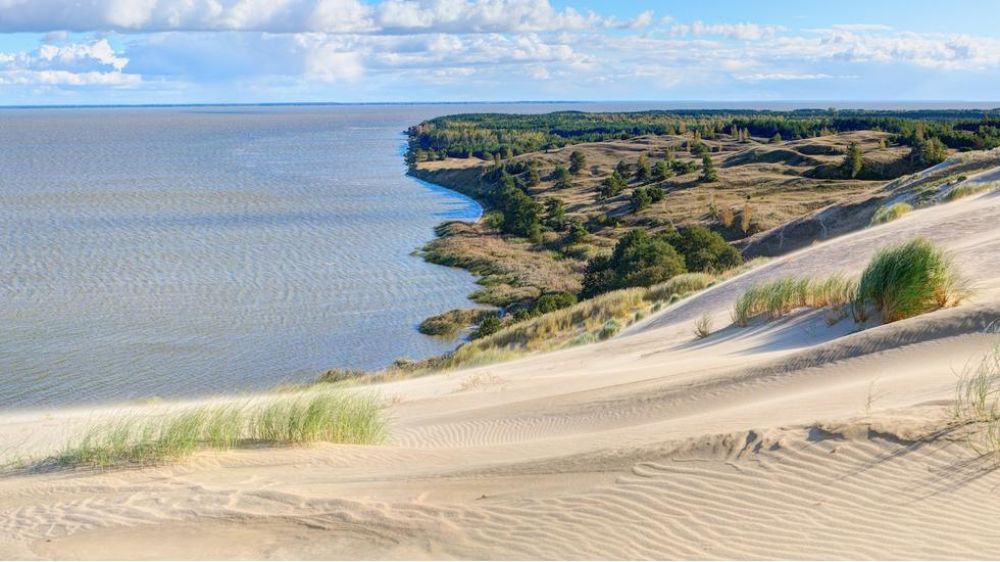

The tourism history of Curonian Spit, a distinctive and captivating geographical feature shared by Kaliningrad Region in Russia and Lithuania, traces its roots back to the 19th century. This slender, sandy strip of land has always been a natural marvel, but it was the curative qualities of its environment that began to draw visitors to the area. With the discovery of its therapeutic air and serene landscape, Curonian Spit started to witness the emergence of a fledgling tourism industry.
By the early 20th century, the Curonian Spit had gained considerable fame as a wellness destination among the European elite, prompting an influx of visitors seeking relaxation and rejuvenation. Nida, one of the Spit's quaint towns, became particularly known for its specialty in treating respiratory and other health-related conditions. Luxurious villas and lodging houses began to appear, catering to the affluent tourists and magnifying the area’s profile as a resort destination.
After World War II, with the Spit falling partly within the Soviet Union's borders, the area saw a change in its tourism model. The emphasis shifted towards making it accessible for the broader populace. Soviet authorities invested in developing infrastructures such as sanatoriums and holiday camps, projecting Curonian Spit as both a recreational and patriotic retreat. This era saw a gradual increase in domestic visitors as international tourism was quite limited during those times.
In the contemporary era, especially post the dissolution of the Soviet Union, Curonian Spit has transformed into a multifaceted tourism hotspot. It was recognized as a UNESCO World Heritage Site in 2000, shared by Russia and Lithuania, cementing its status as a location of outstanding natural and cultural significance. This has attracted a diverse global audience, keen on exploring the Spit's unique landscape including its drifting dunes, dense pine forests, and rich historical tapestry.
Recent tourism trends on the Curonian Spit have been characterized by a shift towards sustainable and ecotourism initiatives. Owing to its unique biodiversity and fragile ecosystem, responsible tourism practices are being encouraged. Visitors are now increasingly engaging with the environment conscientiously, partaking in activities like bird watching, hiking, and educational tours provided by local conservation entities.
In addition, there has been a noticeable increase in cultural tourism, which focuses on the Spit’s ethnic heritage, including the Old Prussian and Curonian cultures. Seasonal festivals and art events have become integral in showcasing the Spit’s historical and cultural narratives. Also, with the region's recognition as a gastronomical destination, food tourism has become a complementary aspect of the visitor experience, highlighting local cuisine and traditions.
Looking forward, the future of tourism on the Curonian Spit seems poised for growth, with a concerted effort to balance visitor demand and environmental stewardship. With Russia and Lithuania both steering towards enhancing visitor facilities while preserving the Spit’s natural charm, the Curonian Spit continues to epitomize a destination where history and modernity intertwine against the backdrop of one of Europe's most remarkable landscapes.